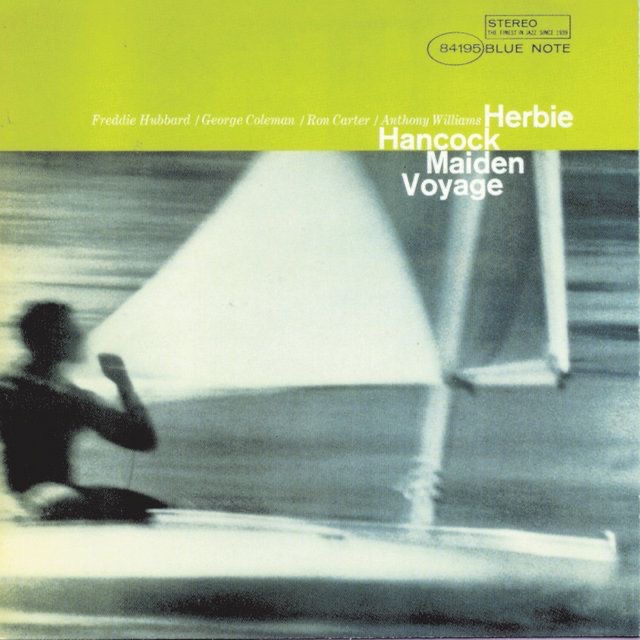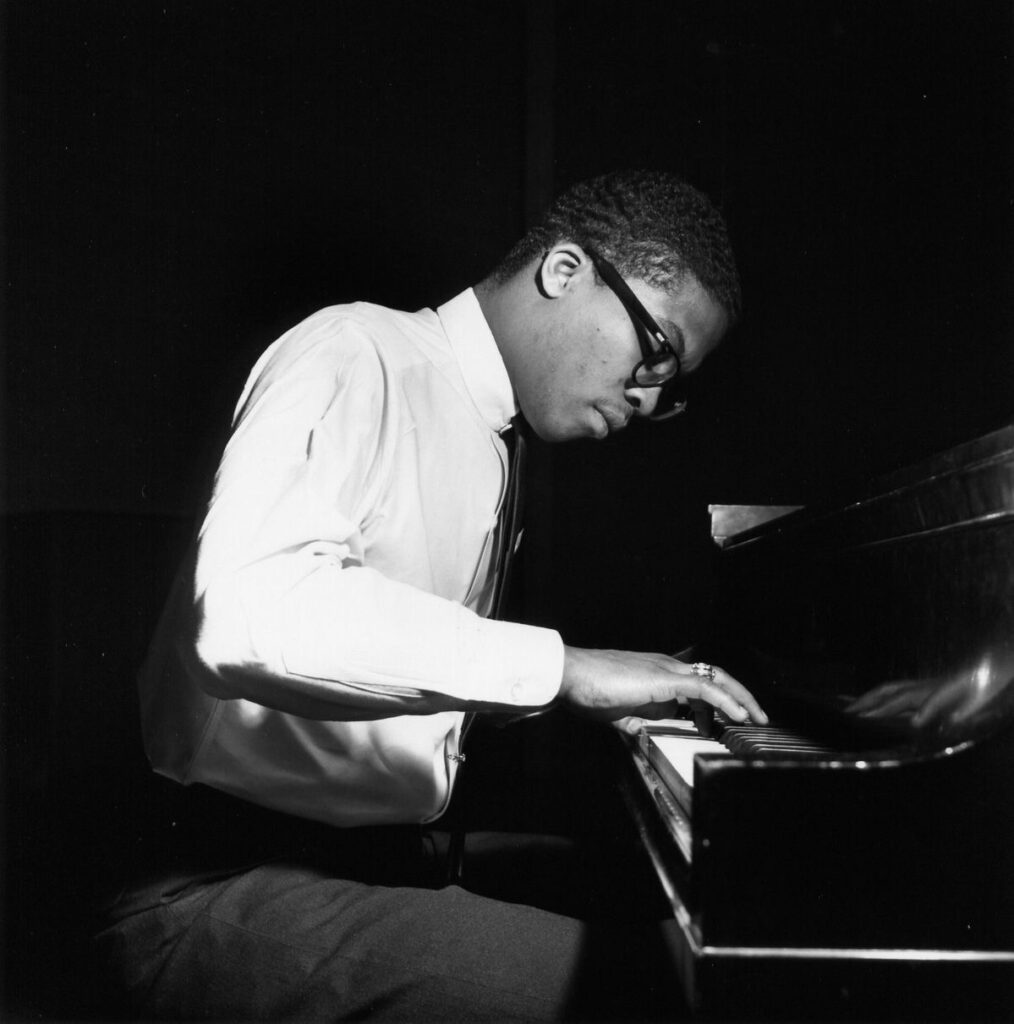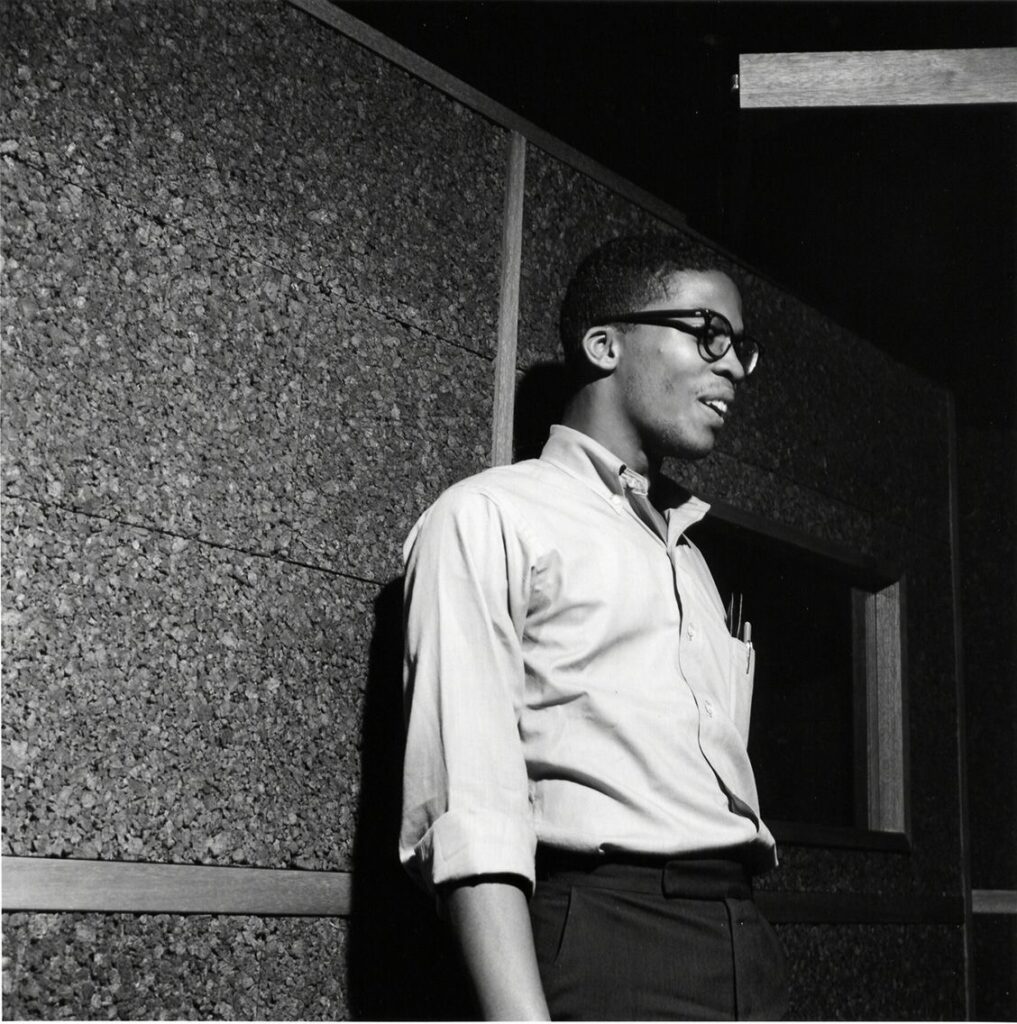Dive into the Power & Passion of ‘Tenor Madness
In the vast panorama of jazz, Sonny Rollins’ “Tenor…
The sea has always been a source of fascination and inspiration for creative minds across all forms of art. From its vastness and majesty to the playful dolphins and the constant struggle of even the tiniest sea creatures, there is an element of mystery that surrounds the sea and the living aquatic creatures that inhabit it. Herbie Hancock‘s “Maiden Voyage” album attempts to capture this essence of the sea, providing a musical journey through its splendor and mystery.

As soon as the album begins, I’m transported to the early morning hours before the dawn, where the water is clear and quiet, and the small movement of the wave is so rhythmic it creates a stillness in itself. The music reflects this peaceful setting with a gentle, swinging rhythm and a memorable melody in the title track, “Maiden Voyage.” The piece is characterized by a simple, repeating bassline that creates a sense of forward momentum, much like a ship leaving port and setting out on a voyage into the unknown.
The musicians involved in the album were all accomplished and well-respected in the jazz world. Herbie Hancock, the pianist and band leader, had already established himself as a talented musician, having played with Miles Davis and released several albums as a band leader. Freddie Hubbard on trumpet, George Coleman on tenor saxophone, Ron Carter on bass, and Tony Williams on drums were all virtuosic players with extensive experience in the jazz scene. Their collective talent and experience are on full display throughout the album, as they showcase their tight interplay and impressive solos.

One of the standout tracks on the album is “The Eye of the Hurricane,” an up-tempo piece that features a driving rhythm and a complex harmonic structure. The track is a showcase for the musicians’ virtuosity and energy, with each musician contributing inventive solos that showcase their individual styles. The track is emblematic of the adventurous spirit that runs through the album, evoking the sense of sailing through choppy waters and navigating the unpredictability of the sea.

Another highlight of the album is the ballad “Little One,” which is a delicate and introspective piece that highlights Hancock’s lyrical piano playing. The track features a memorable melody and a lush, evocative harmonic structure that evokes the beauty and mystery of the sea. The musicians’ performances are restrained and understated, allowing the beauty of the melody to shine through.
However, it is the title track “Maiden Voyage” that stands out as a favorite among many jazz enthusiasts. The hauntingly beautiful composition is a classic example of the modal jazz genre, featuring a simple, repeating bassline and a memorable melody that evokes the sense of embarking on a journey into the unknown. The track is characterized by a gentle, swinging rhythm and a sense of forward momentum that makes the listener feel as though they are part of the voyage themselves. Each musician contributes a memorable solo, showcasing their technical prowess and improvisational skill.
Throughout the album, there is a sense of exploration and adventure that reflects the limitless potential of the sea. The musicians are able to capture the vastness and majesty of the ocean, as well as its playful and mysterious side. The album is a testament to the musicians’ creativity and innovation, and has become a classic of the jazz genre.
Herbie Hancock’s approach to jazz piano is unique and distinctive, and it is this approach that helped to create the classic jazz sound of “Maiden Voyage.” His use of musical modes, or scales, as the basis for improvisation, allows the musicians to create rich and complex harmonic textures that go beyond the limitations of traditional chord progressions. The album is a testament to the transformative power of music, and to the enduring importance of creativity.
Herbie Hancock’s impact on the jazz genre is undeniable, and his legacy as one of the most influential bebop pianists of all time is firmly established. His innovative use of technology, such as his early adoption of the synthesizer and electronic keyboards, helped to push the boundaries of jazz and paved the way for new forms of music in the years to come. His willingness to experiment and explore new sounds and techniques has inspired generations of musicians and helped to keep the jazz tradition alive and vibrant.
Elements such as driving rhythms, complex harmonies, and modal jazz structure contribute to the overall impact and feeling of “Maiden Voyage.” The title track, in particular, has a hypnotic quality that draws the listener in and creates a sense of immersion in the music. The repetitive bassline and shifting harmonies create a sense of forward motion and a feeling of progress towards an unknown destination. The track is a musical journey that takes the listener on an adventure through uncharted waters.
The album is a masterclass in the use of musical motifs and themes, with each track featuring memorable melodies and harmonies that are woven together in a cohesive whole. The musical themes explored in the album are reflective of the wider cultural context of the time, with a focus on themes of exploration, adventure, and discovery. The sense of optimism and possibility that permeates the album reflects the spirit of the era, which was marked by a sense of possibility and a belief in the transformative power of creativity.
On its release, “Maiden Voyage” was met with universal acclaim from both critics and audiences. Praised for its unique blend of intense improvisation and harmonically complex compositions, the album is considered a landmark of modern jazz and a timeless classic. The album was seen as a groundbreaking work that pushed the boundaries of the jazz genre and helped to define the sound of modal jazz. It was also seen as a reflection of the changing times, with a renewed focus on exploration and experimentation in all forms of art and culture.
Today, the album remains a classic of the jazz genre and continues to inspire and influence musicians around the world. Its enduring legacy is a testament to the transformative power of music and to the enduring importance of creativity in all its forms. Herbie Hancock’s “Maiden Voyage” is a timeless masterpiece that continues to captivate and inspire audiences with its sense of adventure, exploration, and possibility.